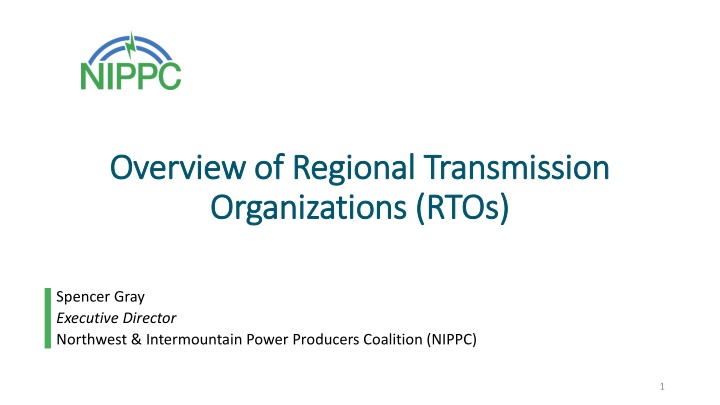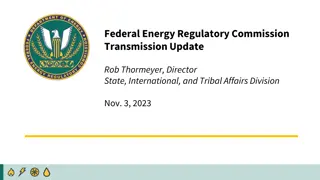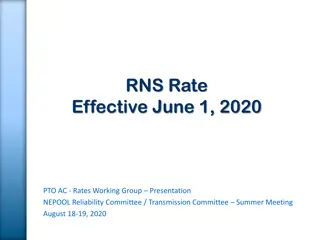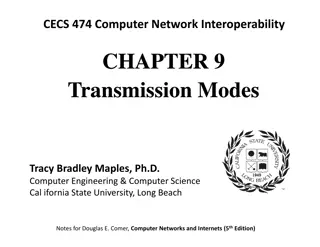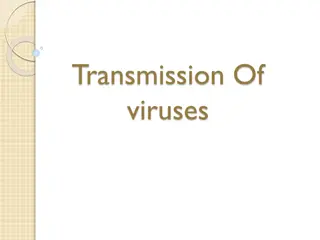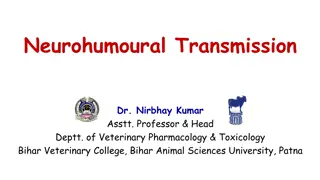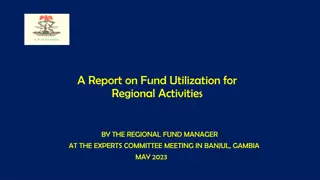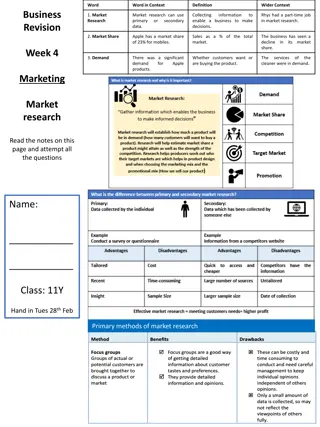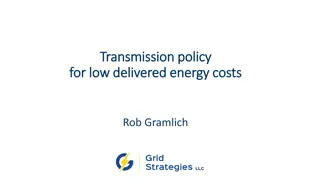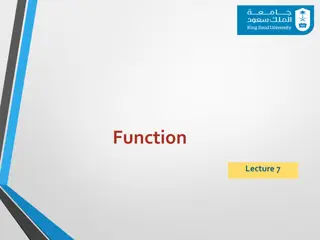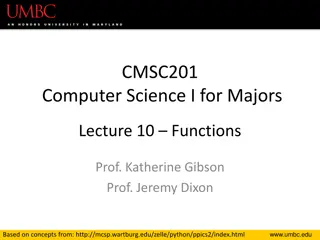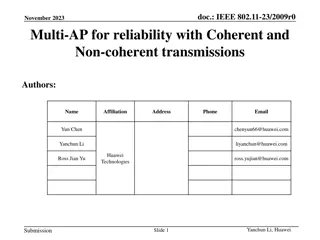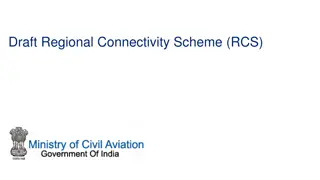Regional Transmission Organizations: Key Functions and Market Offerings
Regional Transmission Organizations (RTOs) are non-profit entities that manage two-thirds of U.S. power sales. They ensure access to the grid, operate transmission networks, and run auction-based energy markets. RTOs offer a value proposition of lower costs, efficient transmission, and support for decarbonization. Learn about their functions, market offerings, and role in promoting resource adequacy. Explore the pathways for market services, reliability coordination, transmission control, and resource adequacy in the evolving energy landscape.
Download Presentation

Please find below an Image/Link to download the presentation.
The content on the website is provided AS IS for your information and personal use only. It may not be sold, licensed, or shared on other websites without obtaining consent from the author.If you encounter any issues during the download, it is possible that the publisher has removed the file from their server.
You are allowed to download the files provided on this website for personal or commercial use, subject to the condition that they are used lawfully. All files are the property of their respective owners.
The content on the website is provided AS IS for your information and personal use only. It may not be sold, licensed, or shared on other websites without obtaining consent from the author.
E N D
Presentation Transcript
Overview of Regional Transmission Overview of Regional Transmission Organizations (RTOs) Organizations (RTOs) Spencer Gray Executive Director Northwest & Intermountain Power Producers Coalition (NIPPC) 1
What is an RTO? A non-profit wholesale electricity market and transmission operator Authorized in 1996 by federal energy regulators Today, manage two-thirds of U.S. power sales Key functions: Ensure non-discriminatory access to the grid Operate transmission networks owned by others Operate auction-based markets for energy Plan regional transmission and reliability needs 2
RTO Value Proposition Lower wholesale costs to consumers Lower costs to decarbonize More efficient transmission Minimal wind and solar curtailment Support for regional resource adequacy 3
POWER MARKET PRIMERS, REV. 01 RTO Services Exhibit 8-4. ISO/RTO characteristics and market offerings67, 68 Profile Transmission Functions Wholesale Energy Market Functions Other Real-Time Market Admin. Day-Ahead Market Admin. Ancillary Services Market Admin. Centralized Capacity Market Admin. Service Balancing ISO/ RTO Reliability Coordinator Demand Response Planner Provider Authority California ISO ISO ISO New England RTO Midcontinent ISO RTO New York ISO ISO PJM RTO Southwest Power Pool RTO ERCOT ISO Source: National Energy Technology Lab, Power Market Primers, 2019 4 68 ISO/RTO Council. (2017). Market Design Executive Summary. Retrieved on February 25, 2019, from https://isorto.org/wp- content/uploads/2017/09/20170905_2017IRCMarketsCommitteeExecutiveSummaryFinal.pdf 53
RTO Functions in Pathways Straw Proposal Market services: o Real-time energy (see Western Energy Imbalance Market (WEIM)) o Day-ahead energy (see Extended Day-Ahead Market (EDAM)) o Ancillary services o Convergence bidding o Congestion revenue rights Reliability Coordination Transmission control: o Transmission operations, including congestion management o A consolidated transmission service tariff, including procedures for requesting transmission and interconnection service o Flow-based, financial transmission reservations o De-pancaking of some transmission rates o Regional and interregional transmission planning Balancing authority services Resource adequacy provisions Source: West-Wide Governance Pathways Initiative, Phase 1 Straw Proposal (April 10, 2024), p. 31-34, available at https://www.westernenergyboard.org/wp-content/uploads/Phase-1- Straw-Proposal.pdf. 5
